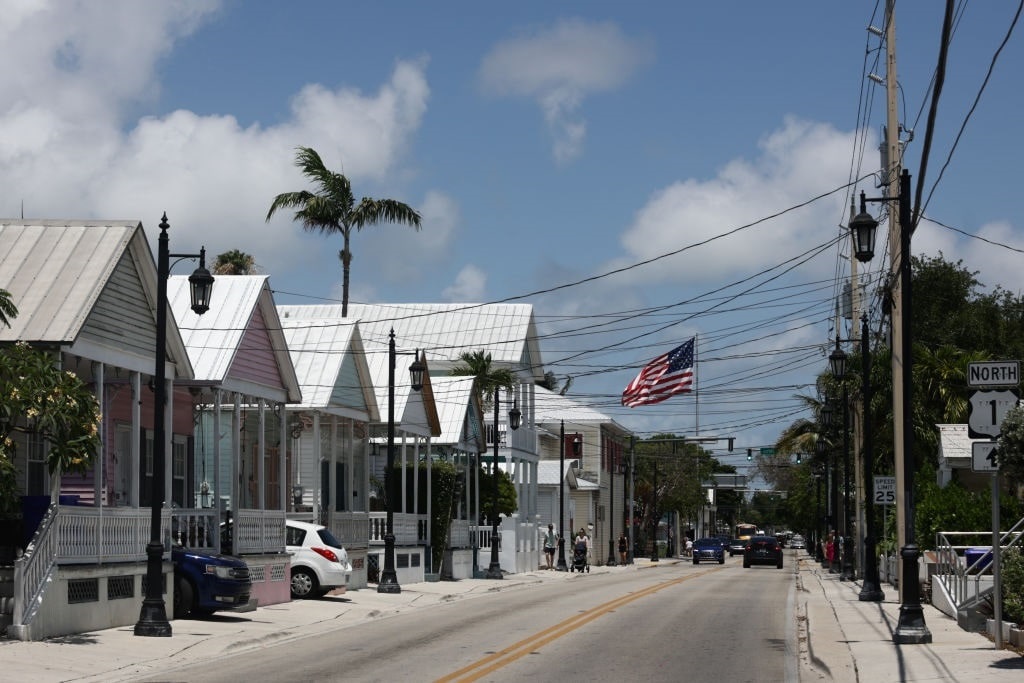



Despite many people fleeing US cities during the pandemic’s signature year, several metropolitan areas appear to be enjoying a revival. Statista estimated that 83.7% of the US population might live in urban communities by 2025, a percentage that could climb to 89.2% by 2050. In fact, the United Nations Population Division predicts seven out of every ten people worldwide will live in urban territories by 2050.
According to a study published in Sage Journals, “[N]onmetro counties (defined in 1980) grew from 55 million people in 1980 to roughly 70 million in 2020. Yet, because of nonmetro-to-metro reclassification, the 2020 census reports a nonmetro population of only 46 million.”
Though the numbers are misleading, disproportions between their populations do exist. Many people in rural counties already struggle to find work and a decent education. What will happen to those communities if their populations continue to diminish?
Nonmetro demographics can erode for many reasons, like a natural decrease due to more deaths than births, population aging, and an out-migration of young adults who otherwise might have reproduced and helped their rural communities grow. But based on data Sage Journals collected, the nation’s geographical classification system seems to make rural growth a zero-sum game. When suburban and exurban regions flourish developmentally, they are often reclassified, feeding the rise of urban counties.
 The Census Bureau states: “The standards for delineating metropolitan areas were modified in 1958, 1971, 1975, 1980, 1990, 2000, 2010, and 2021.” In the last 60 years, 753 nonmetro counties were redefined as metropolitan statistical counties (MSAs). Between 1980 and 2020, metro counties increased from 719 to 1,183. During that period, the US population gained 106 million people, and the metro population expanded by 115 million. Yet nonmetro went from 54 million people to 46m, losing nearly two-thirds of their population from 2010 to 2020, an unprecedented decline in America’s demographic history.
The Census Bureau states: “The standards for delineating metropolitan areas were modified in 1958, 1971, 1975, 1980, 1990, 2000, 2010, and 2021.” In the last 60 years, 753 nonmetro counties were redefined as metropolitan statistical counties (MSAs). Between 1980 and 2020, metro counties increased from 719 to 1,183. During that period, the US population gained 106 million people, and the metro population expanded by 115 million. Yet nonmetro went from 54 million people to 46m, losing nearly two-thirds of their population from 2010 to 2020, an unprecedented decline in America’s demographic history.
On “the paradox of rural population decline,” Sage Journals states:
“Lagging rural regions have been unable to participate fully in America’s urban-based economy, instead facing high unemployment, persistent poverty, and ‘deaths of despair’ (i.e., opioid deaths and gun violence, including suicides). This is a familiar narrative, but one that tells only part of the story—the most pessimistic part. The demographic paradox, which we identify here, is that many rural counties have flourished over recent decades, an empirical fact hidden from public and academic view by the binary way the Office of Management and Budget (OMB) classifies people and places as either metropolitan (metro) or nonmetropolitan (nonmetro). The urbanization of rural America since 1980 has meant that literally hundreds of nonmetro counties have been officially reclassified by OMB as metro.”
Some experts had feared the pandemic would spawn an “urban doom loop.” They thought urban populations would plummet as people moved away and that those cities would continue to sink further and force more and more people to leave — a perpetual spiral that would “do to superstar cities what the decline of the auto industry did to Detroit,” as Rogé Karma wrote in The Atlantic.
The man who proposed the doom-loop theory, Stijn Van Nieuwerburgh, a professor at Columbia specializing in real estate and finance, believes the doom loop is still in play, in its early stages. Karma interviewed Van Nieuwerburgh, who said, “The shift to remote and hybrid work causes companies to downsize their offices or eliminate them altogether, leaving the owners of office buildings with a lot of empty space and far fewer potential tenants. This process has already begun; earlier this year, the percentage of vacant office buildings hit an all-time record.”
That is the first step, what Van Nieuwerburgh believes is the catalyst, a process that will force office owners to sell properties at a discount, reducing property values and then lowering property taxes, eventually causing budget deficits in local governments and spiraling from there. “Crime and homelessness will rise, schools will worsen, and public transport will decay. Residents will leave cities in droves, which will further erode the city’s tax base and public services in a vicious cycle,” Van Nieuwerburgh said. “We’re only in the first inning right now. Things are going to get much, much worse.”
Plenty of people disagree with the doom-loop theory. Other experts think the allure of city life is too strong to allow myriad people to abandon the amenities and socialization urban areas provide. Many metro communities appear to be thriving, too, so it’s hard to disagree. But it’s cities like Memphis and Cleveland “where property values don’t have as far to fall” that could face “a doom loop of abandoned buildings, shrinking budgets, and declining populations,” says Karma.
So, what will 2050 look like? Will everybody be crowded in urban communities, fighting over parking spaces? It’s unlikely every rural area can or will be urbanized. If the nation already struggles to keep some nonmetro communities from decaying, what will happen when more than three-quarters of the population lives in metro counties?
